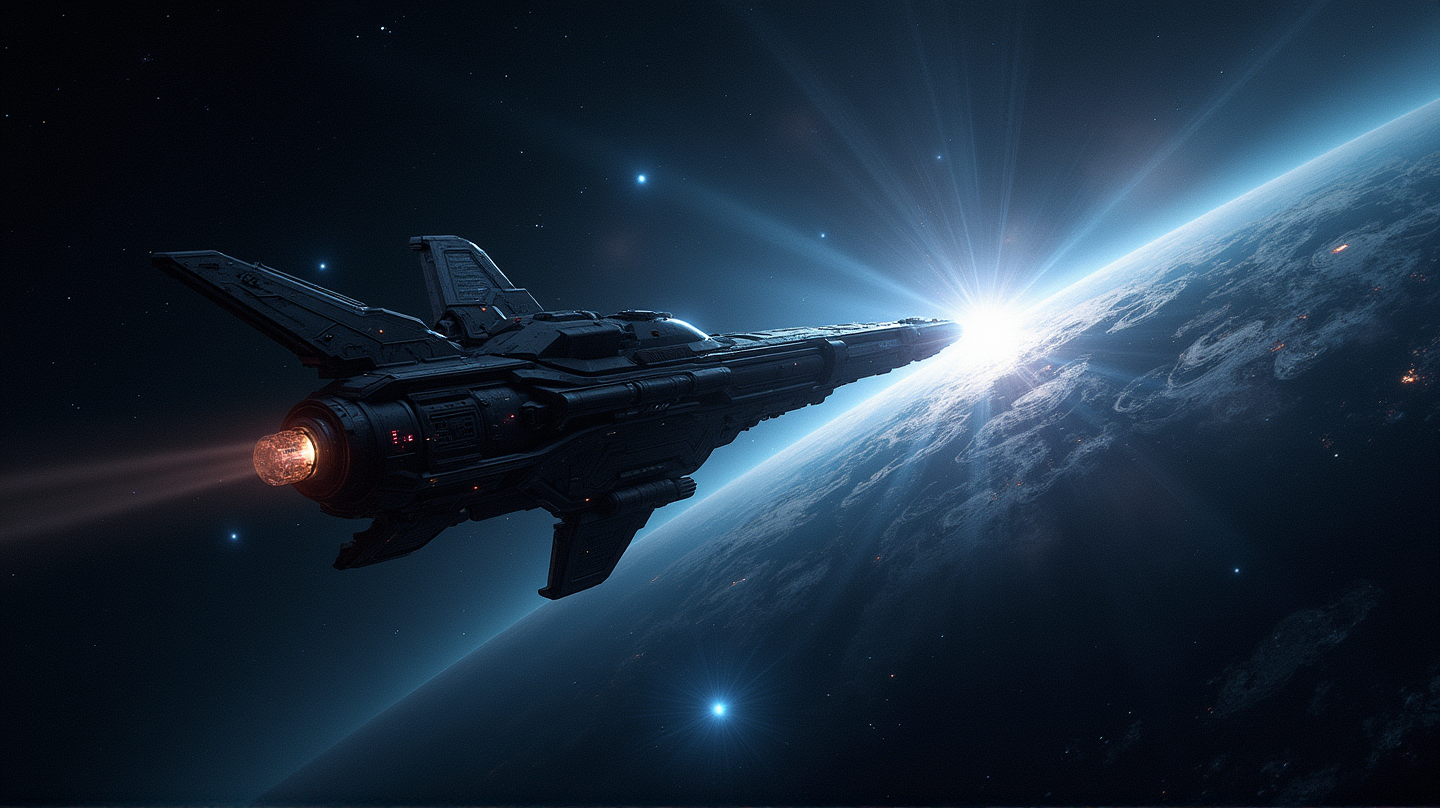A Journey Through Space: The Past, Present, and Future of Exploration

The Dawn of Space Exploration
The vast infinity of space has fascinated humanity for centuries, but it wasn’t until the mid-20th century that our dreams of reaching the stars began to materialize. The historic launch of Sputnik 1 by the Soviet Union in 1957 marked the beginning of space exploration, igniting the space race that would soon captivate the world. With each passing year, both the United States and the Soviet Union pushed the boundaries, leading to monumental achievements like the Apollo 11 mission, which saw humans walk on the Moon for the first time in 1969.
The Golden Age: Expansion and Discovery
As we ventured further into space, the scientific and technological advancements of the 1970s and 1980s allowed for more ambitious projects. The development of space stations like Skylab and Mir provided a unique opportunity for extended missions, conducting experiments that were impossible on Earth. According to Bangkok Post, during this golden period, the Voyager probes sent back detailed images and data from the outer planets, reshaping our understanding of the solar system.
Today’s Achievements and Challenges
Today, space exploration continues to thrive with contributions from government space agencies and private companies alike. The International Space Station (ISS) serves as a testament to international collaboration, hosting astronauts and research from around the globe. However, new challenges arise as we aim to push beyond past boundaries and explore other celestial bodies like Mars. As stated in Bangkok Post, overcoming the difficulties of long-duration space travel remains at the forefront of contemporary space research.
The Future: Beyond Earth
Looking ahead, the future of space exploration promises to be even more thrilling. With plans for Mars colonization, lunar bases, and deep space missions, the vision of becoming a multi-planetary species seems closer than ever. Elon Musk’s SpaceX and other visionary companies are developing technologies that could revolutionize space travel, making it more accessible and sustainable. These advancements may soon transform the once distant dream of interstellar travel into a reality.
Space Exploration’s Impact on Earth
Beyond the incredible scientific discoveries, space exploration has had a profound impact on life on Earth. Technologies initially developed for space missions have found practical uses in medical imaging, weather forecasting, and even everyday items like memory foam mattresses. Moreover, this relentless pursuit of the unknown has inspired countless generations to dream big and pursue careers in science and engineering, with a shared hope for a better understanding of our universe and our place within it.
Space, the final frontier, continues to beckon humanity with the promise of uncharted territories and untold wonders. With each step forward, we turn the page on a new chapter in our cosmic journey, eagerly anticipating what lies beyond the stars.

